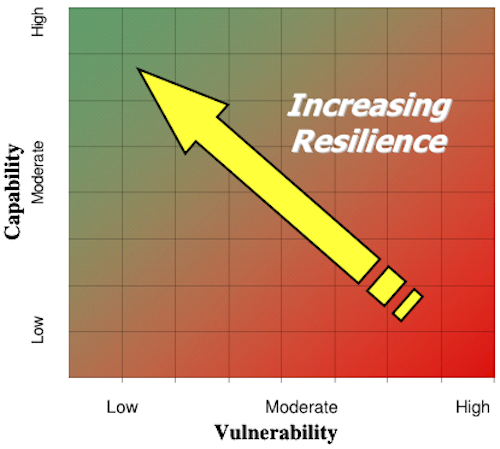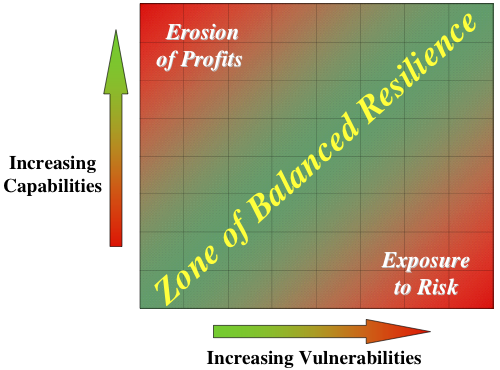Supply Chain Resilience: Development of a Conceptual Framework, an Assessment Tool and an Implementation Process
This is the sixth contribution to my series on doctoral dissertations on supply chain risk management. An immense effort and dedication is spent on these works only to find the results hidden in the libraries. So the goal is raise interest in the research of my peers.
Author / Topic
This dissertation was written by Timothy J. Pettit and published as his doctoral thesis at The Ohio State University, Columbus, USA in 2008. It can be downloaded here.
I have already seen his presentation of the results in 2010 at the CSCMP conference in San Diego together with Joseph Fiskel. His current employer is still the US Airforce, now as Assistant Professor of Logistics and Supply Chain Management.
The title of his thesis is:
Supply Chain Resilience: Development of a Conceptual Framework, an Assessment Tool and an Implementation Process
Summary
In his dissertation Pettit develops a framework and processes to improve implementation of resilience into supply chains. His thesis is devided into three parts:
- Development of a supply chain resilience framework, based on literature and focus group workshops. The building blocks “vulnerabilities” and “capabilities” emerge as main dimension (see figures below).
- Building on this framework Pettit creates an assessment tool (SCRAM) and tests the tool with seven global manufacturing supply chains, by evaluating their current state.
- In this part critical links between vulnerability and controllable capabilities are identified and analyzed.
I will not quote the whole dissertation here. But I want to show two graphics from his work highlighting the relationship between capabilities, vulnerabilities and resilience.
Figure 1 shows the first proposition and basically the operationalized definition of resilience: When vulnerabilities decrease and capabilities increase resilience increases.

Since capabilities are usually costly and vulnerabilities often fixed, figure 2 suggest that there is an optimum balance of capabilities and vulnerabilities in the Zone of Balanced Resilience.

Finally, Figure 3 finally presents the combined framework.
Conclusion
As with Tomlin’s thesis the dissertation is split into three separate parts which are cumulated into the thesis.
Resilience is a necessity if you agree that some risks are just not forecast-able and hedge-able by traditional means. Overall Pettit designed a great way to assess resilience, and this is definitely not just an academic discussion, for businesses it is equally important to measure resilience to, a) be up to date about improvement activities and b) being able to get these activities started in the first place by showing improvement potential:
Although further validation is required, managers should be encouraged to make the minimal investment required to determine their current state of resilience and compare their strategy with the resilience fitness space.
Pettit, T.J. (2008). Supply Chain Resilience: Development of a Conceptual Framework, an Assessment Tool and an Implementation Process The Ohio State University, Dissertation









Add new comment